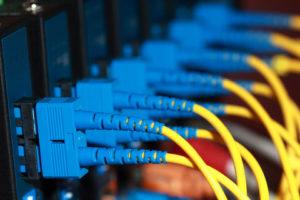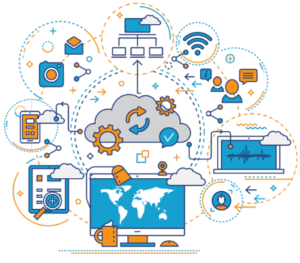High density data centers are very important for modern businesses. They offer the efficiency and cost savings that businesses need to thrive in a highly competitive environment. The amount of information processed online is predicted to increase 10 times between 2013 and 2020, which means that businesses will place higher and higher demands on their data centers. If data centers continue to use low densities of only 5 kW per cabinet, the physical space required by data centers will soon become unmanageably large. Using high density data centers allows businesses to keep up with the informational demands of the digital age, while keeping their costs under control.
As the demand for computing power grows rapidly, it’s vital for businesses to understand the differences between high and low density data centers, along with the benefits that high density can offer. Although high density server racks are more expensive than lower density ones, the cost savings in terms of real estate and operational costs mean that they can often make financial sense. To learn more about data center density, connect our experts.
There are differing views of the future of high-density data centers. One of the main reasons for this is that with the advancements in technology, the definition of what high-density changes from year to year.
As of 2019, 10kw is becoming the new standard for many data centers. Some hyper-scale facilities are even incorporating 15 and 25 kW racks into their data center. A couple years ago, published an article that had experts predicting setups surpassing 50 kW per rack by 2025.
The way that the technology is always advancing just means that data centers need to keep up. What may be considered high-density today probably won’t be considered high-density in 2025.Technology is changing, and data centers need to be stronger and faster.
Are you ready?



